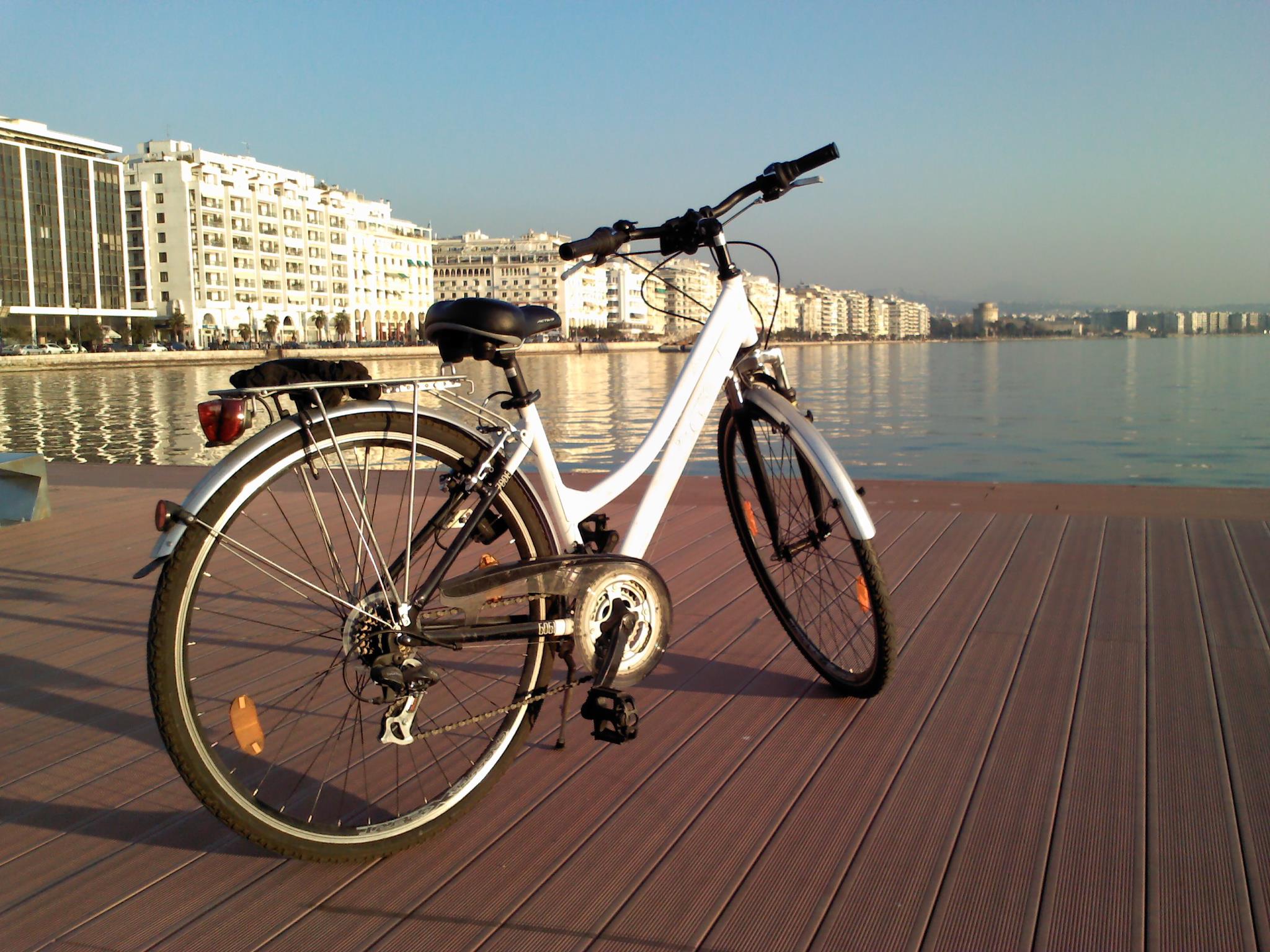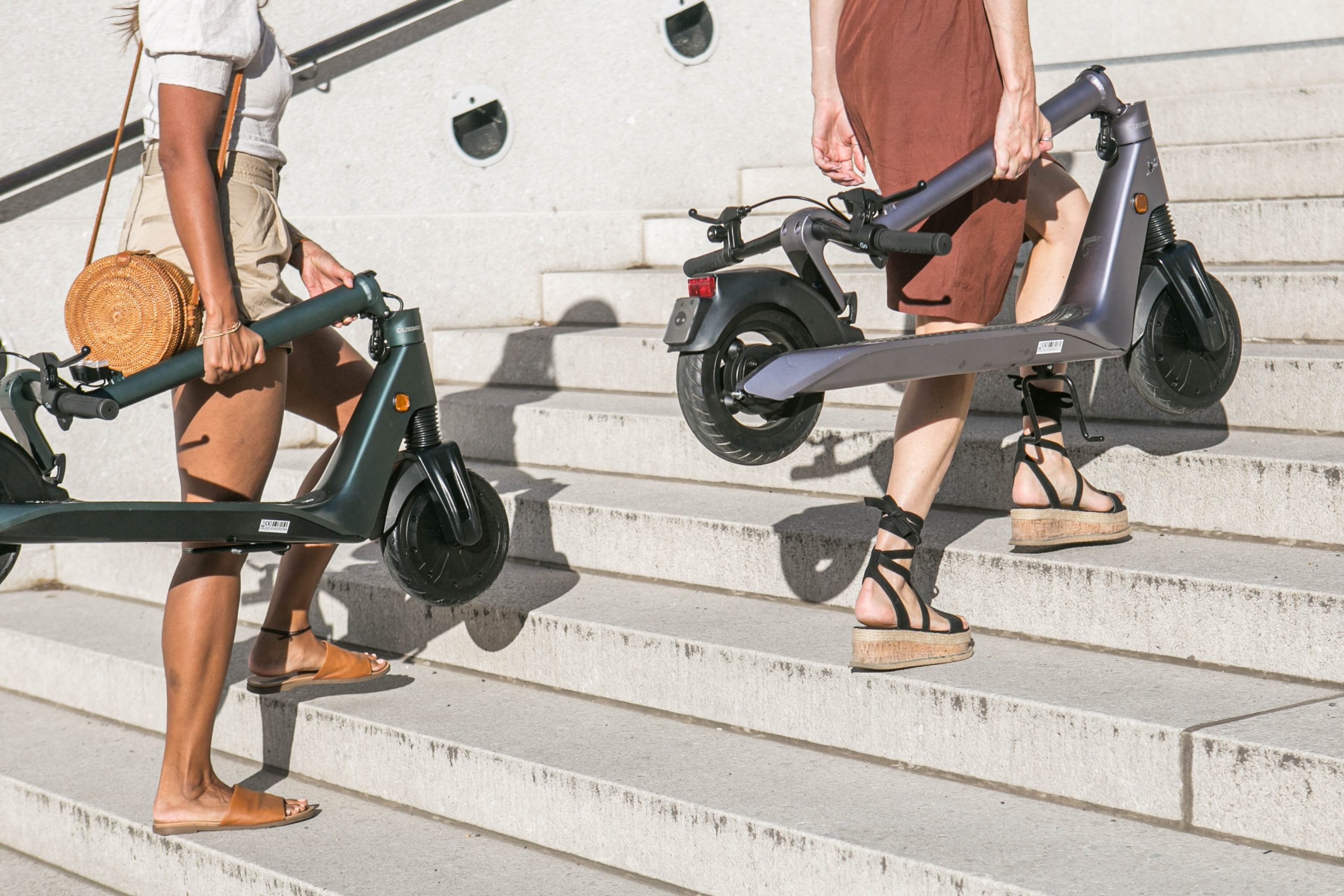The kick-off session for the RideSafeUM project, led by CARNET, took place on 13th January. This initiative, co-funded by EIT Urban Mobility, is born in response to the need to make micromobility safer and encourage increased ridership of what have become key modes for the future of our mobility systems. The project will bring micromobility safety benefits to users, public authorities and operators through the use of innovative technology.
Micromobility has grown exponentially in our cities. While bicycles have been popular for a while and bike sharing systems started blooming in the mid-2000s, the unprecedented growth in micromobility offer that our cities have witnessed since the mid-2010s can surely be classed as a revolution. At the same time, micromobility has presented itself as a deal-breaker when it comes to solving some of our most pressing urban mobility challenges. However, there are still lessons to be learnt to unleash the full potential of micromobility. Safety is one of these key issues, and has been stated to be one of the most important aspects to consider to increase user engagement with micromobility.

This year’s work will focus on the development of the system, with pilot tests scheduled to take place from September in Barcelona, Rome and Thessaloniki. The solution will be designed to be adaptable, and valid for both shared micromobility services and privately owned devices.
The project launch session counted with participation from all partners within the Consortium. Involved public authorities include Ajuntament de Barcelona – with technological support from Institut Municipal d’Informàtica (IMI) –, Roma Mobilità, and Thessaloniki Major Development Agency. Private sector partners include micromobility operators Dott and Rise, as well as consulting and technology companies like Applus IDIADA, BRAINBOX and FACTUAL. Finally, academic and research-related entities complete the mix with players like Centre for Research and Technology Hellas (CERTH), Universistat Politècnica de Catalunya (UPC) and CARNET Barcelona. This balanced mix of partners across different European geographies guarantees a unique and comprehensive perspective for the project.
“RideSafeUM will allow to proactively prevent micromobility accidents and gather data for wider learning, policy-making and management purposes. The solution will be based on the integration of computer-vision software, with camera, GPS and a gyroscope. This technology will be either supported by users’ smartphones or through integrated equipment in the operator’s hardware. In addition, a city dashboard will enable authorities to identify and dynamically manage micromobility safety issues. Real-time information (via an app or the operator’s front-end) of regulations will be displayed to the user, and safety warnings will be enabled. At the same time, alerts will be sent to the authorities if an accident occurs, using a black-box function.”

The project launch session counted with participation from all partners within the Consortium. Involved public authorities include Ajuntament de Barcelona – with technological support from Institut Municipal d’Informàtica (IMI) –, Roma Mobilità, and Thessaloniki Major Development Agency. Private sector partners include micromobility operators Dott and Rise, as well as consulting and technology companies like Applus IDIADA, BRAINBOX and FACTUAL. Finally, academic and research-related entities complete the mix with players like Centre for Research and Technology Hellas (CERTH), Universistat Politècnica de Catalunya (UPC) and CARNET Barcelona. This balanced mix of partners across different European geographies guarantees a unique and comprehensive perspective for the project.





